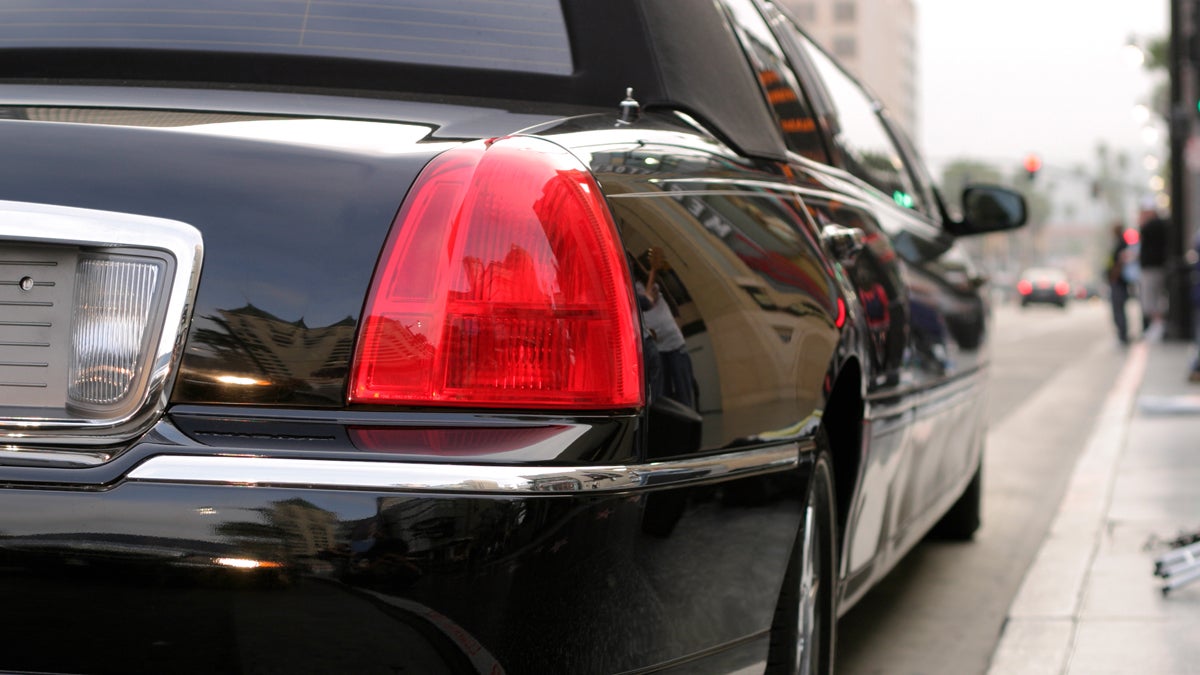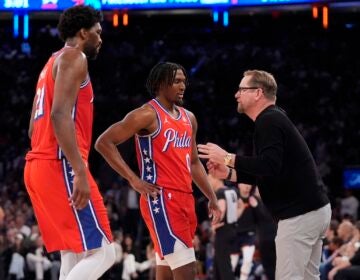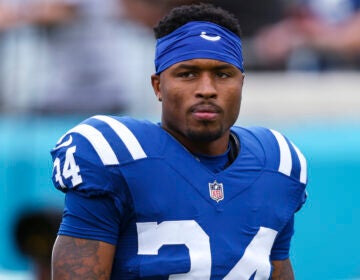In times of high demand, limo service Uber launches ‘surge pricing’
Listen Photo via ShutterStock) " title="sslimox1200" width="1" height="1"/>
Photo via ShutterStock) " title="sslimox1200" width="1" height="1"/>
(Photo via ShutterStock)
Say it’s a snowy Saturday night and you’re looking for a ride home. Just how much would you be willing to pay?
In Philadelphia and beyond, some travelers using the online car service Uber are getting a lesson in real time about the economics of supply and demand.
During the recent snowstorm, Molly Seavy-Nesper was on her way to Sixth and Arch streets to work at WHYY.
When she requested the ride, she said she was alerted that, “due to bad conditions, expect a little bit higher prices and longer wait times.” “It cost about $20 to go less than a mile or so, but the conditions were really bad,” she said. “So I was kind of willing to pay that price.”
While she knew there were cheaper alternatives, Seavy-Nesper said she was desperate to get to work and she saw Uber as a reliable option. By way of comparison, a Philadelphia Parking Authority spokesman said the cab rate in Philadelphia is generally $2.30 per mile.
Along the East Coast, Seavy-Nesper and other Uber riders were experiencing “surge pricing.”
The surge prices occur when Uber, which connects passengers with the drivers of vehicles for hire, raises its rates to get more of its drivers on the road, said company spokeswoman Nairi Hourdajian.
“When people are looking for a ride through the Uber app to such a degree that there are not cars available on the system, we institute surge pricing, which elevates the fare, in a way to incentivize more drivers to come on to the platform and to be able to ensure that Uber reliability that users have come to rely on,” she said.
That means the same trip from your house to the grocery store could carry a different price tag, based on whether lots of other travelers are also desperately searching for a ride.
Uber believes that’s better than having potential passengers open the app and see there are no cars available, Hourdajian said.
“This type of pricing was actually designed to solve the problem that has plagued New Year’s Eve revelers for years — which is they could not get a ride home at the end of the night,” she said. “And surge pricing was instituted around the time of New Year’s 2011 to help solve that.”
Whether to take the bus, hail a cab, or tap into Uber, it’s the customer’s choice, she said. When surge pricing is in effect, the cost of a ride can increase by two or threefold, but Hourdajian stressed that the app makes the price bump clear before someone commits to a ride.
Because Uber is a limo service, not a taxi service, it is permitted under Philadelphia Parking Authority regulations to alter its prices in inclement weather, according to Martin O’Rourke, a PPA spokesman.
While Uber rides typically cost more than a taxi, some customers willingly shell out more money for the service because they’re drawn by the reliability, the ease of using the app and the automated payment system.
The price difference can be significant. The flat rate for a cab ride between Philadelphia International Airport and Center City is $28.50, O’Rourke said. Uber’s flat limo rate for the same trip is closer to $45.
WHYY is your source for fact-based, in-depth journalism and information. As a nonprofit organization, we rely on financial support from readers like you. Please give today.




